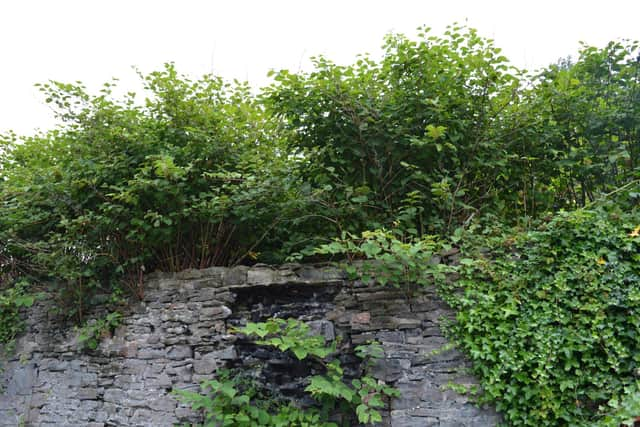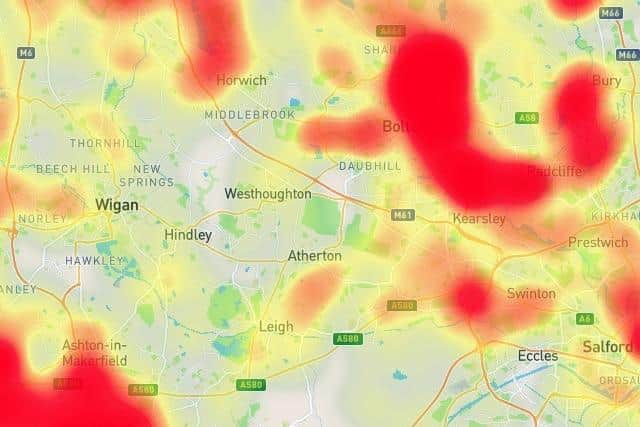How close is building-wrecking Japanese knotweed to your Wigan home?
and live on Freeview channel 276
Specialist Environet UK has used data from its its interactive online tracker in order to determine the most prominent places Japanese knotweed will grow.
And while Wigan isn’t considered a hotspot itself, it is surrounded by places that are – with Boltonthe worst affected location both in Greater Manchester and nationally reporting 684 infestations in a 4km radius.
Advertisement
Hide AdAdvertisement
Hide AdSt Helens placed third in the national rankings, reporting 441 infestations.


Knotweed hibernates over winter but in March or April it begins to grow, with red or purple spear-like shoots emerging from the ground which quickly grow into lush green shrubs with pink-flecked stems and bamboo-like canes.
Populated with almost 55,500 known occurrences of the UK’s most invasive plant, Exposed is the most comprehensive online record of knotweed infestations, charting the spread of the plant across the country.
Users can enter their postcode to discover the number of sightings nearby, with hotspots highlighted in yellow, orange and, in the worst cases, red.
Advertisement
Hide AdAdvertisement
Hide AdThe map enables homeowners to understand the risk knotweed poses to their home, or one they wish to buy.


For homeowners, the plant can pose serious problems if left unchecked, with the potential to grow up through cracks in concrete, Tarmac driveways, pathways, drains and cavity walls. The roots can grow as deep as 3m and spread up to 7m horizontally.
While serious damage to property is rare thanks to regulation which requires knotweed to be dealt with when a property is sold to a buyer using a mortgage or if it encroaches across a garden boundary, it commonly impacts use of the garden, causes legal disputes between neighbours and can impact a property’s value by around five per cent.
Homeowners and buyers who are unsure whether a property is affected by knotweed can now call in help from a specially-trained trio of sniffer dogs, Mick, Mack and Buddy, who will search a property for the unique scent of the plant’s rhizome even where it’s dormant beneath the ground or has been deliberately concealed.
Advertisement
Hide AdAdvertisement
Hide AdAccording to Environet’s research, around five per cent of homes are currently affected by knotweed, either directly or indirectly, but sales can proceed as long as a professional treatment plan is in place with an insurance-backed guarantee to satisfy mortgage lenders.
Nic Seal, founder and managing director of Environet, said: “Japanese knotweed tends to strike fear into the hearts of homeowners but as long as they’re aware of its presence and take action to remove it before it causes any serious damage or spreads to a neighbour’s property, there’s no reason to panic.
"By publishing the 2022 hotspots for Greater Manchester we hope to raise awareness and encourage people in the area to be vigilant for signs of knotweed as the growing season takes off, so they can act quickly if needed.
"Anyone living near or moving to one of these hotspots would be wise to check their garden carefully, enter their postcode into Exposed to find out how many known occurrences are nearby and if in doubt, seek expert help.”
To view Japanese knotweed infestations in your area or to report a sighting by uploading a photo to be verified by experts, visit: https://environetuk.com/exposed-japanese-knotweed-heat-map
